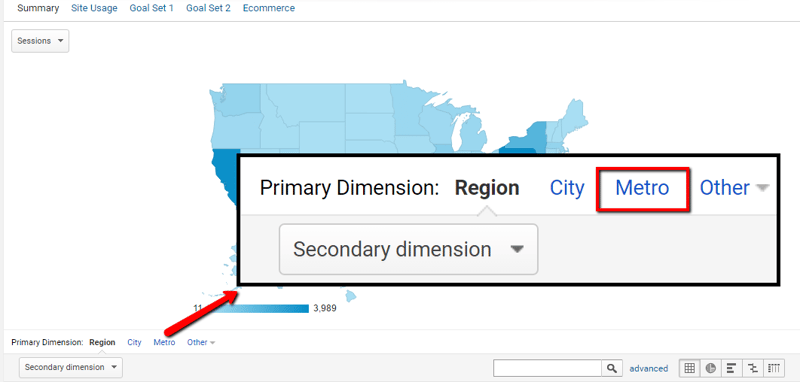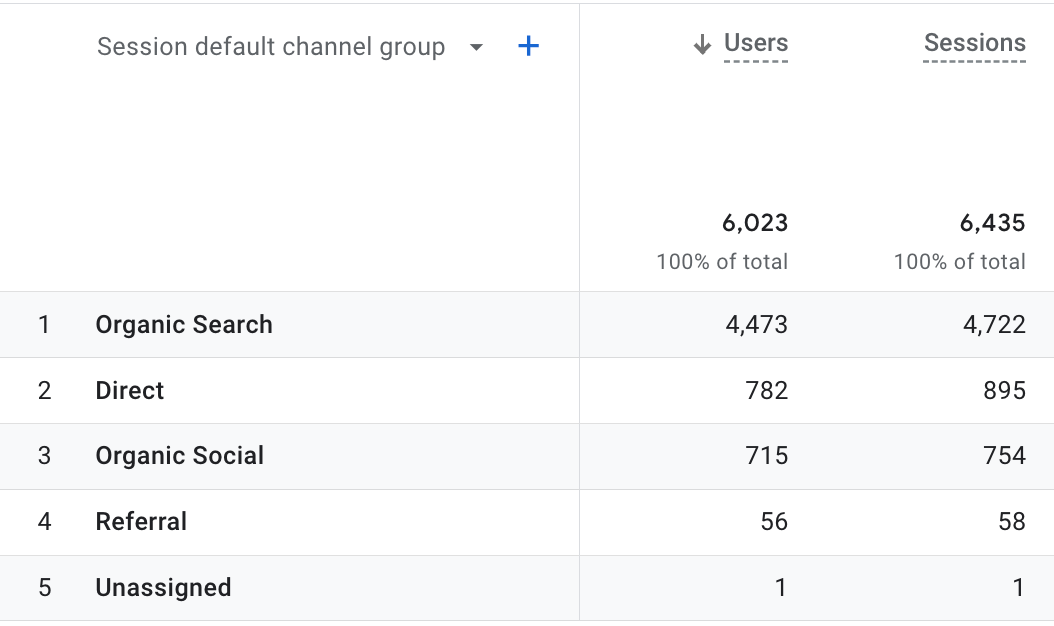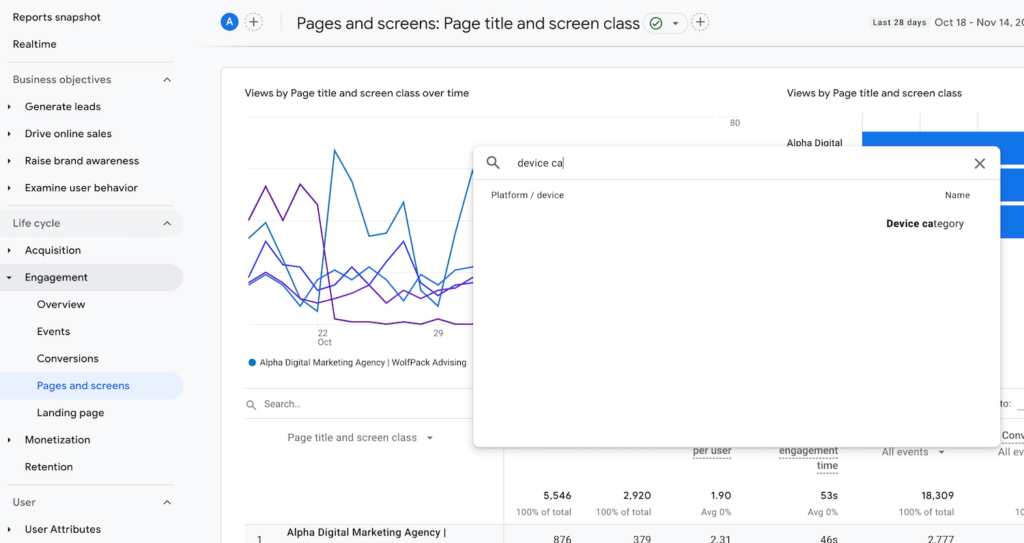Insights into the 'Secondary Dimension' in Google Analytics: An In-depth Explanation
Insights into the 'Secondary Dimension' in Google Analytics: An In-depth Explanation
Blog Article
Deciphering the Value of Second Measurement in Google Analytics: All Regarding Its Relevance and Effect
In the world of digital analytics, the application of second measurements within Google Analytics serves as an essential tool for critical much deeper layers of data insights. The value of additional measurements exists in their ability to provide a nuanced sight of customer actions and communication with an internet site or platform.
Understanding Second Dimensions in Google Analytics
The understanding of secondary dimensions in Google Analytics is vital for obtaining much deeper understandings right into user actions and internet site performance. While main measurements supply fundamental data factors such as website traffic resources and web page views, secondary dimensions permit an extra nuanced evaluation by supplying extra context to these key metrics. By including secondary measurements, users can sector and filter their information to reveal patterns and fads that might not be promptly apparent.

Introducing the Perks of Additional Measurements
Building upon the fundamental understanding of additional measurements in Google Analytics, checking out the advantages they offer discloses important insights for boosting information analysis and decision-making. By integrating second dimensions, individuals can dive deeper into their data, acquiring a much more comprehensive view of user behavior, material performance, and other crucial metrics. Among the primary advantages is the capacity to section information, permitting a more granular evaluation of numerous dimensions such as website traffic sources, devices, demographics, and more. This division allows customers to recognize patterns, patterns, and connections that might not be evident when considering information in aggregate.
In addition, secondary measurements supply context to key information, using additional layers of info that can aid in comprehending user communications and preferences. This improved understanding can lead strategic decision-making, bring about even more targeted advertising campaigns, website optimizations, and total improved performance. Basically, second measurements function as a powerful device for opening deeper understandings and taking full advantage of the utility of Google Analytics for companies and internet site proprietors.
Leveraging Additional Dimensions for Improved Insights
By harnessing the power of additional dimensions in Google Analytics, companies can discover much deeper insights that drive educated decision-making and strategic optimization efforts. Leveraging second measurements allows businesses to dive past surface-level information and get an extra her explanation detailed understanding of individual habits, audience demographics, website traffic resources, and internet site efficiency. By integrating main dimensions like website traffic resources with secondary dimensions such as geographical location or gadget classification, organizations can identify which tools or regions are driving the most useful website traffic to their internet site.
Moreover, second dimensions enable businesses to segment and assess data better, assisting them recognize trends, patterns, and opportunities that may have or else gone unnoticed. By using secondary dimensions, businesses can tailor their advertising methods, material, and customer experience to far better meet the requirements and choices of their target audience. Essentially, leveraging second measurements in Google Analytics equips organizations to make data-driven decisions that result in boosted efficiency, enhanced ROI, and lasting growth.

Effect of Additional Measurements on Information Analysis
Enhancing information analysis through the application of secondary measurements in Google Analytics gives businesses with a deeper understanding of their on-line efficiency metrics. By integrating additional measurements, such as time of day, geographic location, or device category, organizations can discover beneficial insights that may have been neglected with primary measurements alone. This boosted level of granularity permits even more precise division of information, allowing companies to determine patterns, trends, and correlations that can drive calculated decision-making.

Optimizing Potential: Second Capacities Strategies
The strategic application of secondary measurements in Google Analytics extends past enhancing information analysis; it entails crafting targeted techniques to unlock the complete potential of important understandings for business development. By using second measurements effectively, companies can dig much deeper right into their website traffic, individual actions, and advertising campaigns to extract actionable understandings. One key strategy is to integrate secondary dimensions with main dimensions to get a thorough sight of individual communications. Combining the key measurement of 'source/medium' with additional dimensions like 'touchdown web page' or 'gadget classification' can expose which channels are driving traffic to particular pages or how user actions varies throughout devices.
Additionally, using read second dimensions get redirected here to section data based upon individual demographics, behavior, or technology can aid companies tailor their advertising efforts to details audience segments. This targeted approach can cause enhanced conversion prices, boosted individual experiences, and ultimately, raised ROI. By making the most of the potential of secondary measurements in Google Analytics, businesses can make informed decisions, optimize their online existence, and drive lasting development.
Conclusion
In conclusion, secondary measurements in Google Analytics play a vital role in supplying much deeper understandings and improving data evaluation. Integrating second dimensions into data evaluation strategies can lead to even more educated decision-making and improved total performance.
While key measurements offer fundamental data points such as traffic resources and web page sights, secondary dimensions enable for an extra nuanced evaluation by supplying added context to these main metrics. By integrating primary measurements like website traffic sources with secondary measurements such as geographic place or tool category, companies can recognize which devices or regions are driving the most important website traffic to their site.
By integrating additional measurements, such as time of day, geographic location, or tool classification, organizations can discover important understandings that might have been forgotten with key dimensions alone. One essential strategy is to integrate secondary dimensions with key dimensions to acquire a thorough view of individual communications. Matching the primary dimension of 'source/medium' with second measurements like 'touchdown web page' or 'gadget group' can reveal which networks are driving traffic to particular pages or exactly how individual behavior differs across gadgets.
Report this page